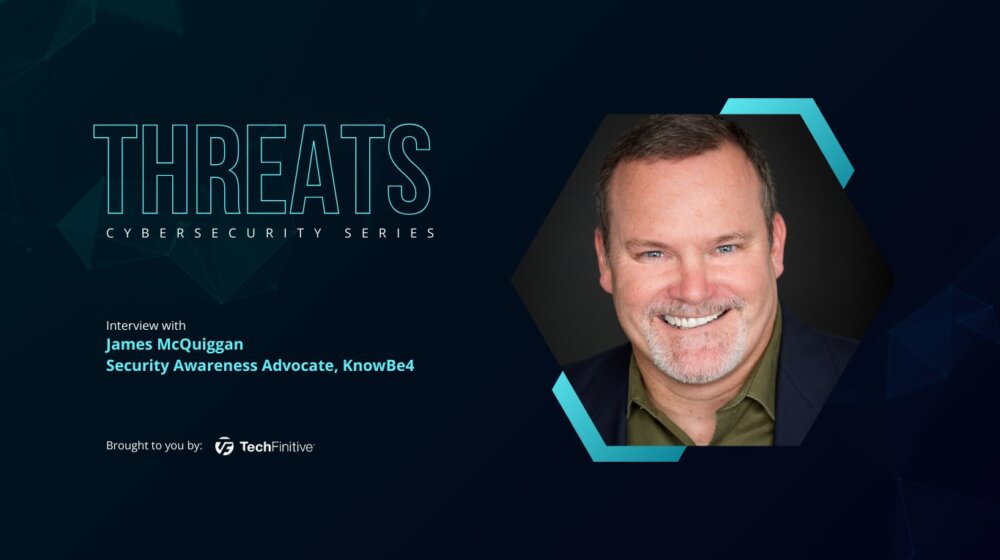
Thinking about building a generative AI app? Amazon’s Bedrock is one flexible option
Can you build a generative AI app with Amazon Bedrock? Very much so.
Bedrock is a managed service that allows companies to choose between a range of foundation models – the very large machine learning models that generative artificial intelligence is built on – when building their own AI applications.
Amazon argues that this can help companies find the model that is best suited to their use case and get started quickly, without having to build their own infrastructure.
It’s an attractive option for two reasons. One, companies don’t need to spend time researching the best hardware (which may quickly go out of date). Two, running these models on your own hardware takes serious computing power and thus a huge upfront investment.
List of available Amazon Bedrock foundation models
Bedrock currently offers a range of foundation models across text, chat and image generation. That means you can choose the particular provider and models that suit the job. These are the models that Bedrock currently offers, although not all models are supported in every AWS region:
- AI21 Labs: Jurassic-2 Mid and Jurassic-2 Ultra,
- Amazon Titan: Titan Text G1 – Express and Lite, Titan Embeddings G1 – Text, Titan Multimodal Embeddings G1, Titan Image Generator G1
- Anthropic: Claude and Claude Instant,
- Cohere: Command and Command Light, Embed English and Embed Multilingual
- Meta: Llama 2 Chat 13B, Llama 2 Chat 70B, Llama 2 13B and Llama 2 70B
- Stability AI: Stable Diffusion XL
Different models have different uses. For instance, Stable Diffusion creates realistic images, art and logos while Jurassic-2 from AI21 Labs generates multilingual text.
Amazon Bedrock capabilities
Bedrock was launched in April last year and Amazon said the service already has “many thousands of customers”. Beyond access to the models themselves, Bedrock also adds additional capabilities on top.
These include Guardrails, which allow customers to set rules around content, such as banning hate, insults or undesirable topics. AWS gives the example of a developer at a bank, who might want to make sure a digital assistant for an online banking application can’t give investment advice.
Another service, Knowledge base for Amazon Bedrock, makes it easier for users to connect their own data sources to build an application that takes advantage of retrieval augmented generation. This allows the model to generate more relevant responses without continuous retraining.
Agents for Amazon Bedrock allow for more automation of applications, by orchestrating interactions between the AI models, data sources, software applications and user conversations. One example: to build an agent that can help customers make travel reservations and answer questions about them.
Talking about Bedrock on a recent earning call, Amazon CEO Andy Jassy said that what customers have learned at this early stage of generative AI is that there’s “meaningful iteration” – aka lots of work – needed to build a generative AI application with the required quality. “Customers don’t want only one model. They want different models for different types of applications, and different-sized models for different applications. Customers want a service that makes this experimenting and iterating simple,” he said.
Swindon Borough Council and Amazon Bedrock
Swindon Borough Council has been using Amazon Bedrock to build a generative AI solution for residents with additional needs. Needs such as low literacy levels, cognitive impairment or learning difficulties.
Its “Simply Readable” offering converts complex information into the accessible Easy Read format. It can also generate AI images to aid comprehension for people with learning disabilities. The council has open-sourced Simply Readable, licence-free, for others to use as well.
Sarah Peña, Head of Emerging Technology and Business Improvement, said one of the things the council really liked about Bedrock is the choice of high-performing models. The council has been using Titan, Claude 2 and Stable Diffusion.
Peña said: “We’ve been able to get setup quickly and start writing the engineering prompts with ease. The choice of models has been hugely valuable and important for us, for example, Stability AI, for us, was far better for the type of imagery we needed and Anthropic, in our view, had an edge over alternatives in the market in terms of ethics.”

She added: “It’s also really meeting our needs in that we wanted a solution that could be used at an enterprise level, without enterprise costs. We appreciate the broader AWS integration capabilities, which we’ve used to power up our solution.”
“One of the biggest benefits for us is that AWS collaborates with various partners for Amazon Bedrock (AI21 Labs, Hugging Face, Anthropic, and Stability AI) to offer a range of models, this gives us choice and helps with learning which one aligns best with our needs.”
Druva’s ‘Dru’ digital assistant built on Amazon Bedrock
Data resilience company Druva has been using Amazon Bedrock to build the ‘Dru’ AI copilot for backup, with the aim of helping customers troubleshoot issues and improve their backup and security.
Druva CTO Stephen Manley said the advantages of using Bedrock included speed, flexibility and security. Using the service allowed Druva to get started without a big investment in skills and infrastructure.
“If you are running that infrastructure yourself, you need to get people with that expertise, at how to configure this stuff and how to run it at scale. And it’s probably not super-surprising that there aren’t a tonne of those people out there right now, given this technology is so new,” he told TechFinitive. By using Bedrock the company didn’t have to work out how to run the AI infrastructure and could focus on the business value instead.
Because Bedrock offers a number of different models, this allowed Druva to experiment and use a number of models rather than having to rely on a few or one. “There are so many different models out there and each of them has value,” said Manley.
If you’re interested in building generative AI applications using Bedrock, Amazon offers a free online course. However, its level is “Advanced” and it takes four hours.
More generative AI coverage
NEXT UP

James McQuiggan, Security Awareness Advocate at KnowBe4: “Ironically, attack methods have remained unchanged over the past twenty years”
In this interview, we hear from James McQuiggan, Security Awareness Advocate at KnowBe4 and a part-time Faculty Professor at Valencia College in Florida.

What is ocean-bound plastic and should you care?
Lee Grant digs behind the truth about ocean-bound plastics to explain why reducing them is a worthy cause – but that we need to treat marketing claims with due scepticism

Slow buyers cause tech firms to rethink sales approaches as tough Q1 hits home
New research suggests tech sales were slow in Q1, with buyers of technology and professional services taking their time before committing to any solutions.
